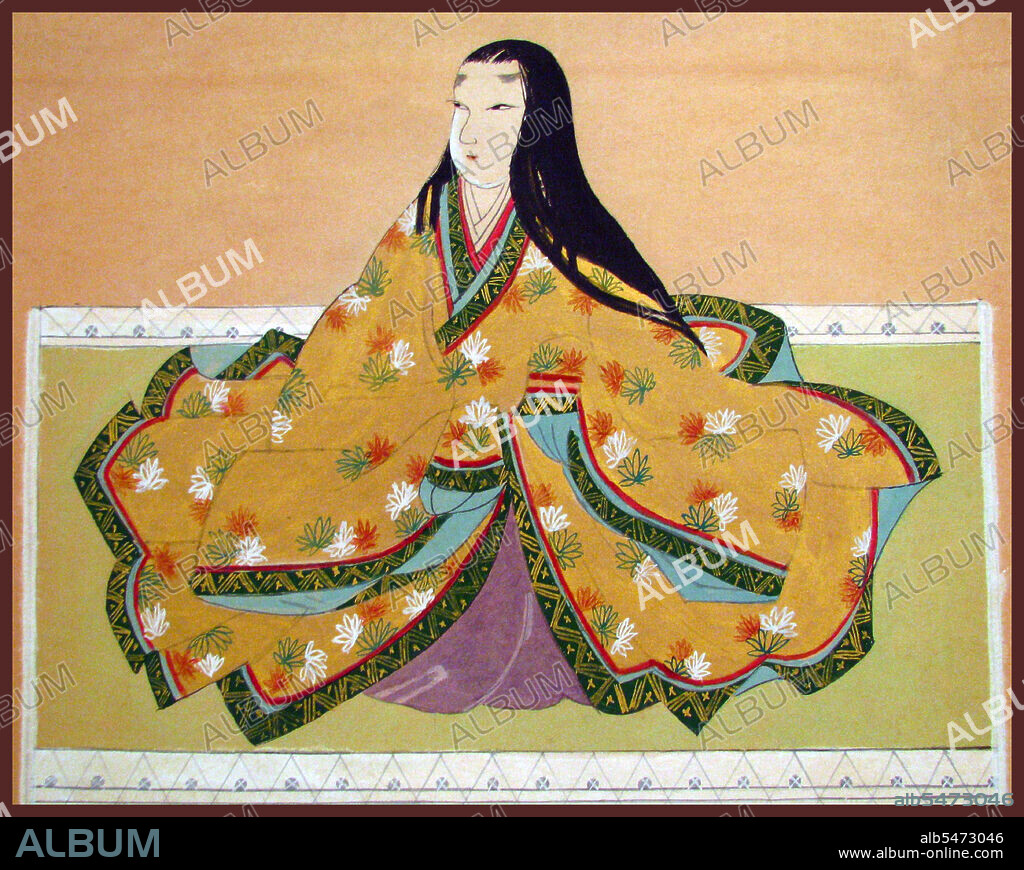alb5473046
Japan: Portrait of Lady Saigo-no-Tsubone (1552-1589).

|
Añadir a otro lightbox |
|
Añadir a otro lightbox |



¿Ya tienes cuenta? Iniciar sesión
¿No tienes cuenta? Regístrate
Compra esta imagen

Título:
Japan: Portrait of Lady Saigo-no-Tsubone (1552-1589).
Descripción:
Ver traducción automática
Saigo-no-Tsubone, or 'Lady Saigo', was a concubine who advised Tokugawa Ieyasu before the 1575 Battle of Nagashino. Lady Saigo was an important and influential figure during the late Age of Warring States in Japan. She was the first consort and trusted confidant of Tokugawa Ieyasu and mother of the second shogun of the Edo Period, Tokugawa Hidetada. During their relationship, Ieyasu often sought her counsel and followed her advice during his rise to power in the 1570s. Her influence on his philosophy, his choice of allies, and future policies indirectly influenced the course of events leading to the Tokugawa Shogunate and the beginning of the Edo Period. Although there is less known of her than other figures of the era, and sources are conflicted over some details of her early life, she is nonetheless regarded as the power behind the throne of Ieyasu. Lady Saigo bore a total of four children: she had a son (Saigo Katsutada) and a daughter (Saigo Tokuhime) by her first marriage. She later bore two sons by Tokugawa Ieyasu: Tokugawa Hidetada (1579–1632) and Matsudaira Tadayoshi (1580–1607). Hidetada would become the second shogun of the new Tokugawa administration.
Crédito:
Album / Universal Images Group / Pictures From History
Autorizaciones:
Modelo: No - Propiedad: No
¿Preguntas relacionadas con los derechos?
¿Preguntas relacionadas con los derechos?
Tamaño imagen:
4842 x 3863 px | 53.5 MB
Tamaño impresión:
41.0 x 32.7 cm | 16.1 x 12.9 in (300 dpi)
 Pinterest
Pinterest Twitter
Twitter Facebook
Facebook Copiar enlace
Copiar enlace Email
Email
